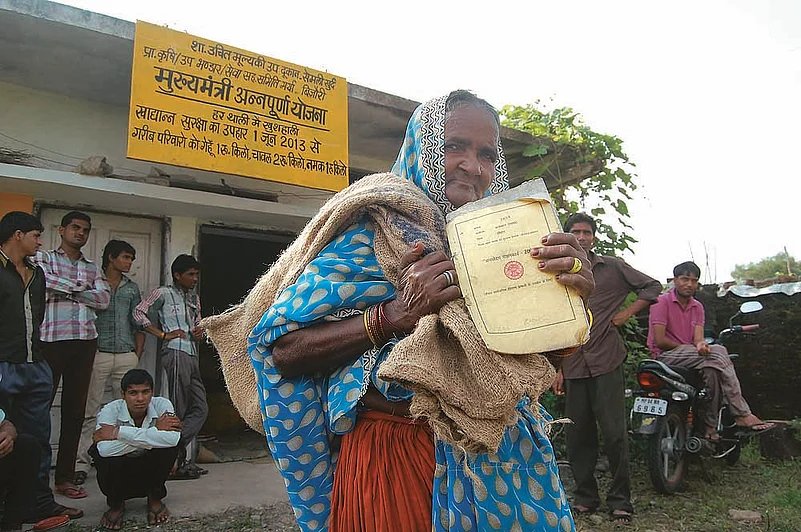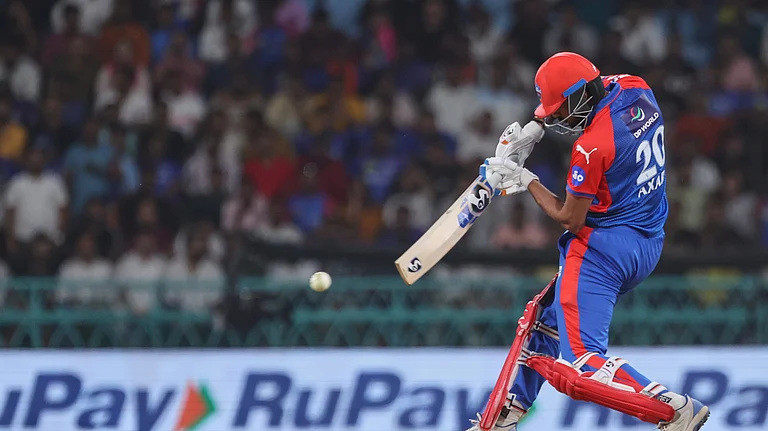The state may claim to have the fastest-growing GDP in the country but 60 per cent of its children are underweight and malnourished. This despite the government launching a multitude of schemes and increasing its annual expenditure on providing nutrition.
Infrastructure too is in disarray. Nirmal village in Sehore district—just 50 km from Madhya Pradesh capital Bhopal—has no motorable road. People have to walk through rough terrain to reach a school or hospital. No developmental work can be traced in the village. A bridge that connected the village collapsed during the rains, cutting it off from rest of the state. The village has a school but it has classes only up to the eighth. After that the children have to walk 10 km to Sehore if they have to study further.
No work has been undertaken in the village under the NREGA scheme. So, it’s hardly surprising that Suresh is hearing the words land acquisition and food security bill for the first time. An eighth class-pass 35-year-old, he asks, “There are many rights and laws in our country for the poor. But does it really benefit the poor?” In general, the villagers Outlook spoke to—Kamla Bai, Sarju Bai or Rampyari Bai—were clueless about their rights under any scheme, whether existing or proposed.
In fact, Kamod Mewada, a 19-year-old labourer, is satisfied with the 30 kg wheat and rice, apart from supplements like salt, oil and sugar, that he has been getting for the last three months under the Mukhyamantri Annapoorna Yojana. “It is because of CM Shivraj’s new scheme that we are getting rice and wheat at one rupee kg,” he says. The food security bill? That draws a complete blank.
By K.S. Shaini in Sehore


























